Moscow FAQ: Here are answers that you won’t find in tourist guides
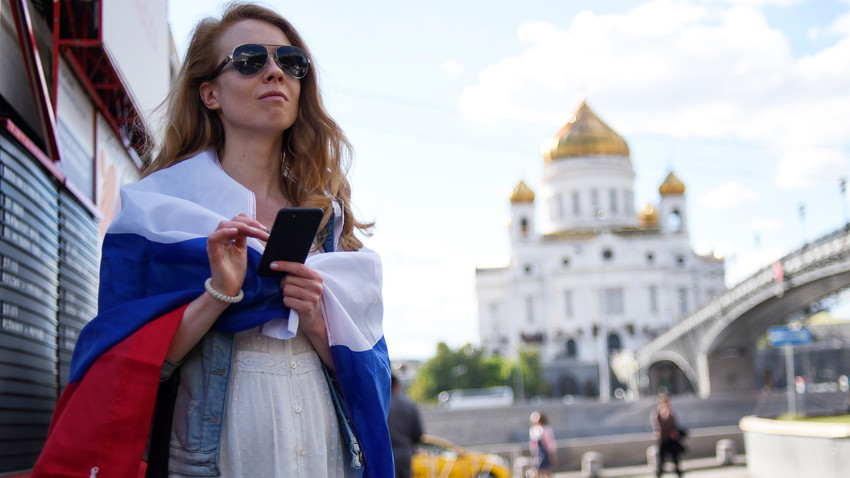
1. How are the sidewalks?
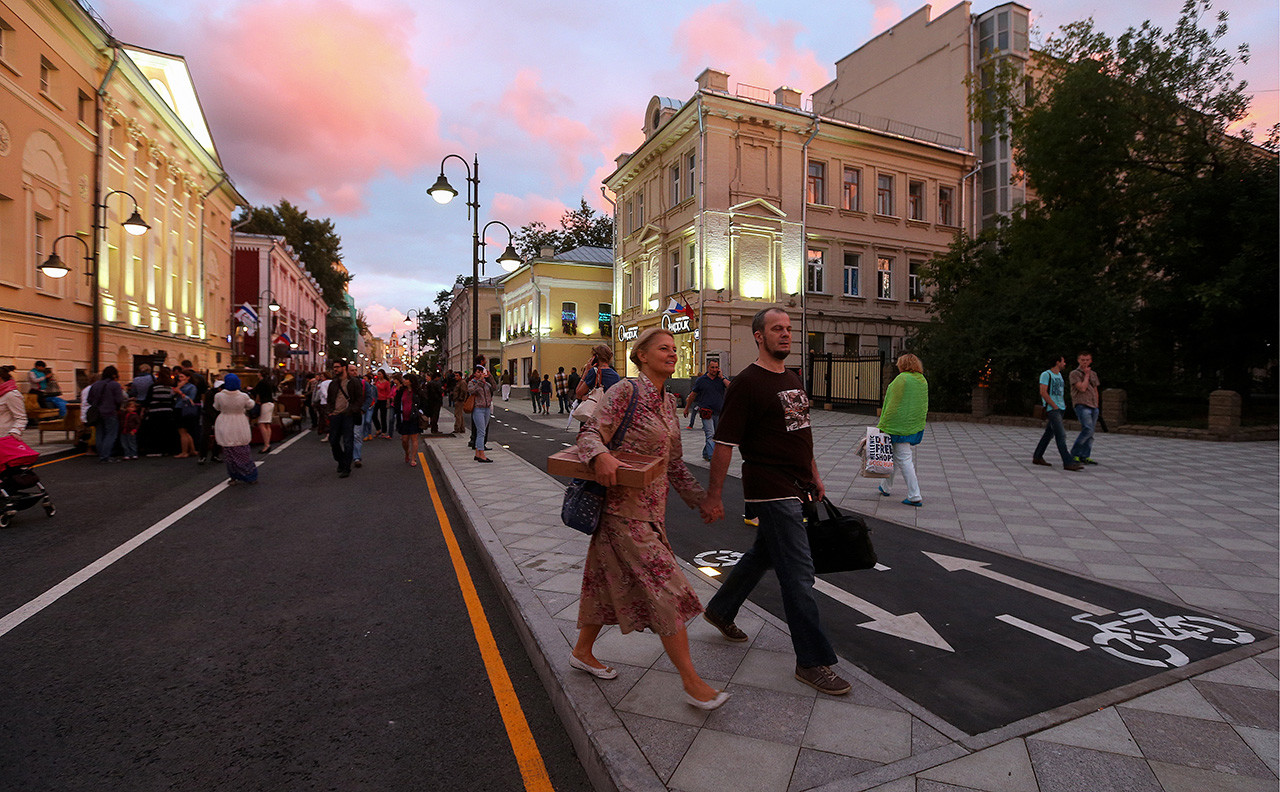
Most of the city is paved with asphalt or covered by street bricks, but medieval cobblestones are still common, such as inside the Kremlin walls and on Red Square. So, be careful with your choice of shoes.
2. Is it easy to use the metro?
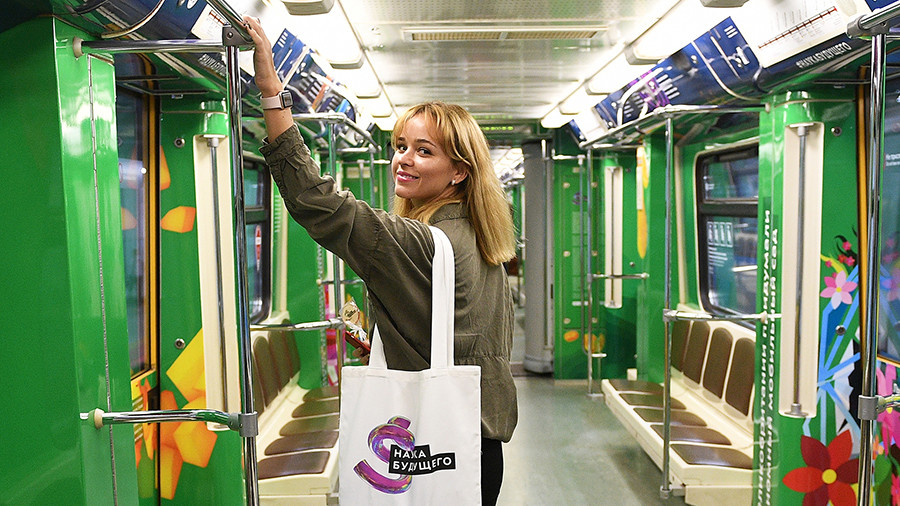
In most cases, the metro is your quickest optio
Ahead of the World Cup, the Moscow metro hired English-speaking cashiers, and there are also ticket machines in English. If you come for several days, buy a Troika card for 50 rubles (less than a buck) and top it up as needed (300 rubles, the equivalent of $5 is enough for a couple of days).
3. What about other public transportation?
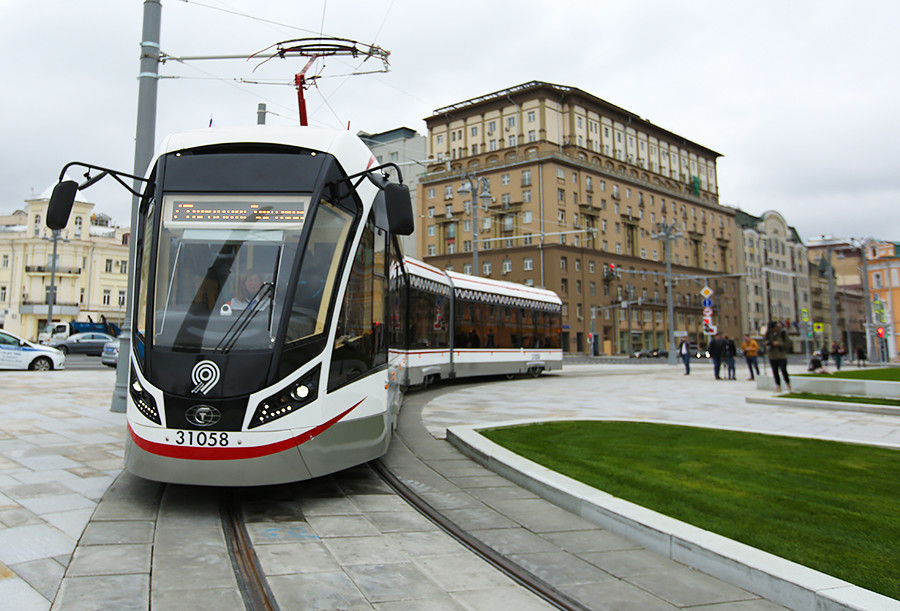
Or just use another Yandex app that shows buses and trams in real time:
You can also pay with Troika on all the trams, buses and trolleybuses.
4. How can I order a taxi? Should I hail a car?
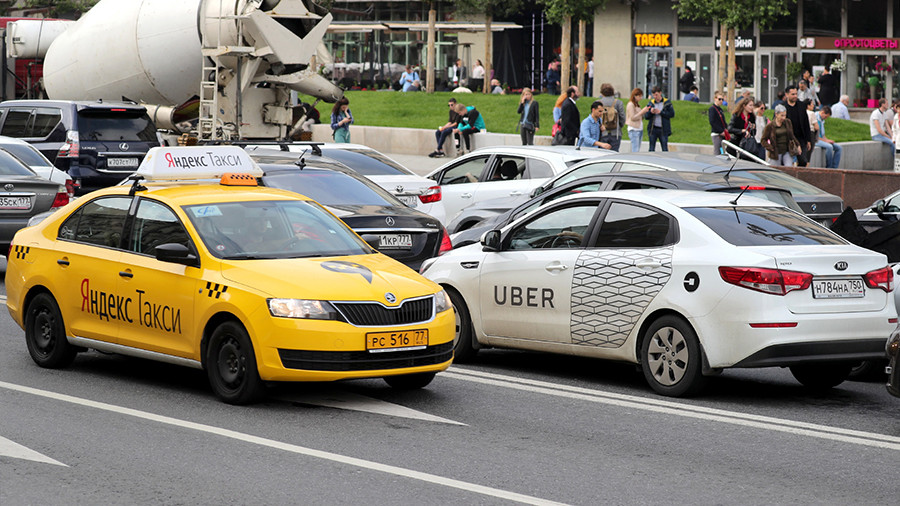
So, here’s your choice of apps. Interestingly, Uber X in Moscow costs almost the same as yellow taxis, but the latter can drive on public transportation traffic lanes, which will come in handy when trying to avoid traffic jams.
- Yandex Taxi (the app works in many languages)
-
- City Mobil (available in English).
5. Is it safe to bike in Moscow?
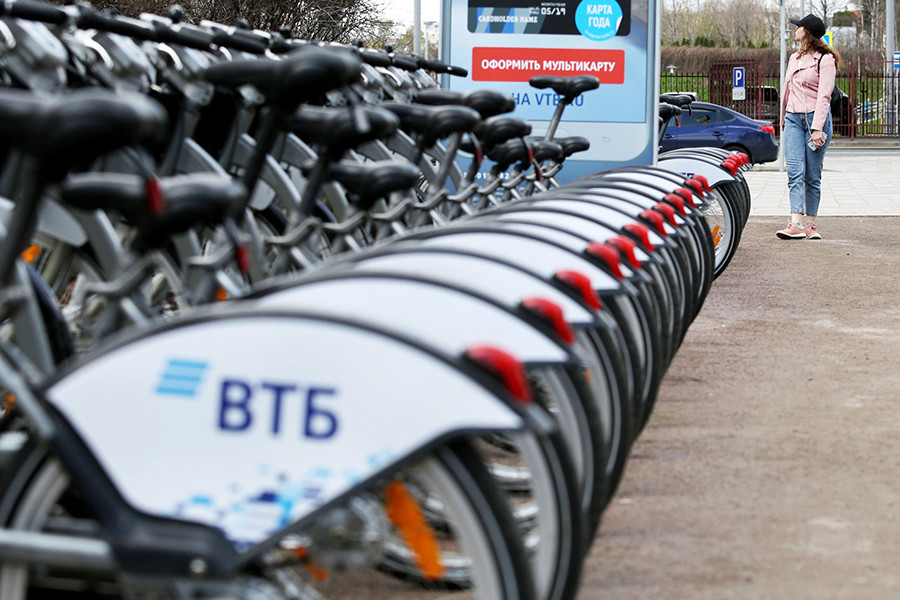
There are many cyclists driving on main roads without special lanes, but if it’s not prohibited with signs, go ahead but be extra careful. By the
6. How is the local coffee?
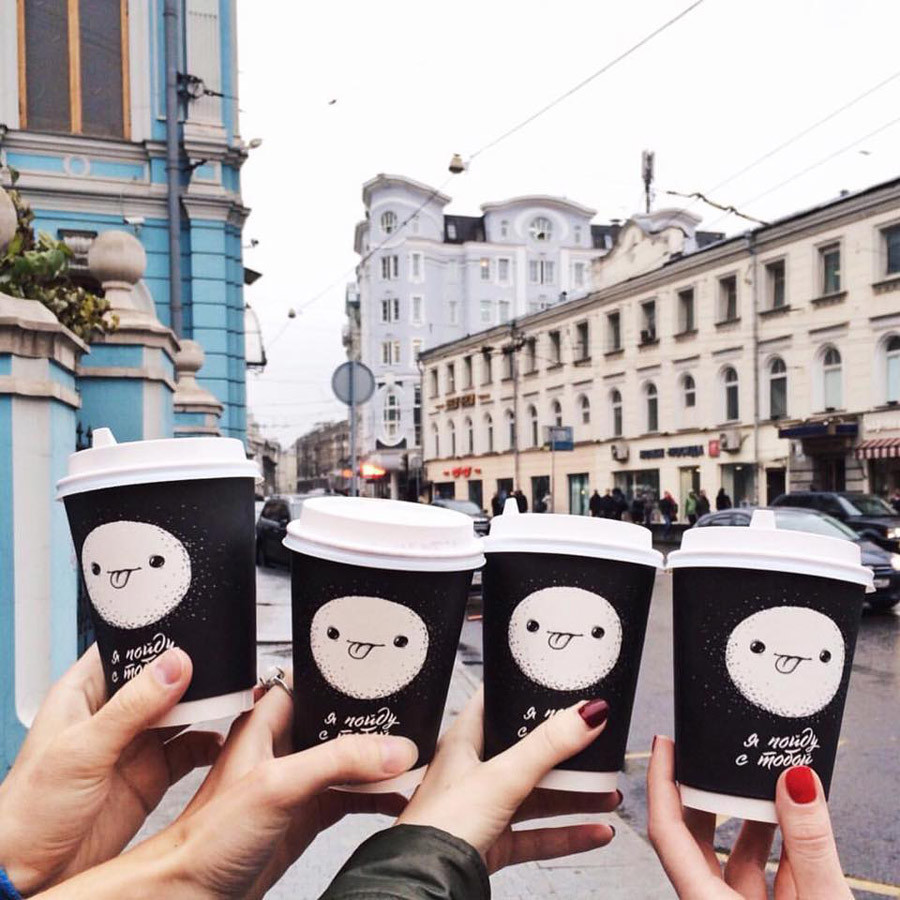
7. How bad is crime ?
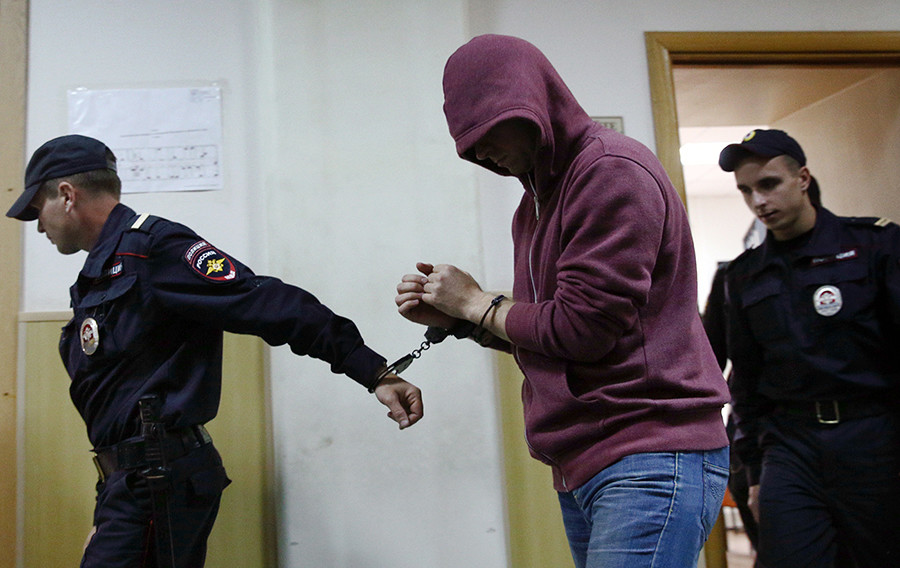
Security has dramatically improved in Moscow in recent years – there’s no need to glance over your shoulder frantically while returning back to your hotel late at night. Basic precautions apply – watch your wallet and your cell phone as local pickpockets can be quite talented. Street muggings, however, are very rare.
To take just one crime statistic in 2017: Moscow has a population of 12.5 million and registered 315 murders. By comparison, in 2017 there were about 292 murders in New York and 130 in London. Both cities have smaller populations than Moscow, each with a population of about nine million. On another extreme Rio de Janeiro with its 13 million people had 1,474 murders in just the first three months of 2017.
8. Do locals speak English?
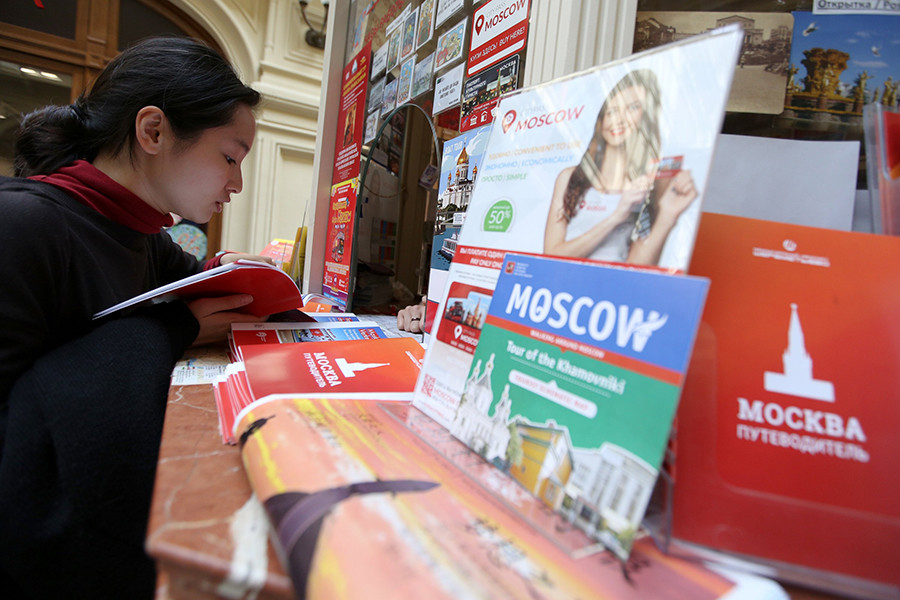
It often depends on the area – in central Moscow café servers and cashiers are more likely talk to you in English, but in remote
9. Can I find free WiFi anywhere? And is there an LTE?

To get one, read our guide on how to buy a Russian SIM card. That will be a good thing to do because most mobile carriers have limitless data plans; you’ll be able to use all the handy mobile apps to discover Moscow on the go – while watching your latest Westland episode.
Here’s a free WiFi guide.
10. How much time do I need to explore Moscow?
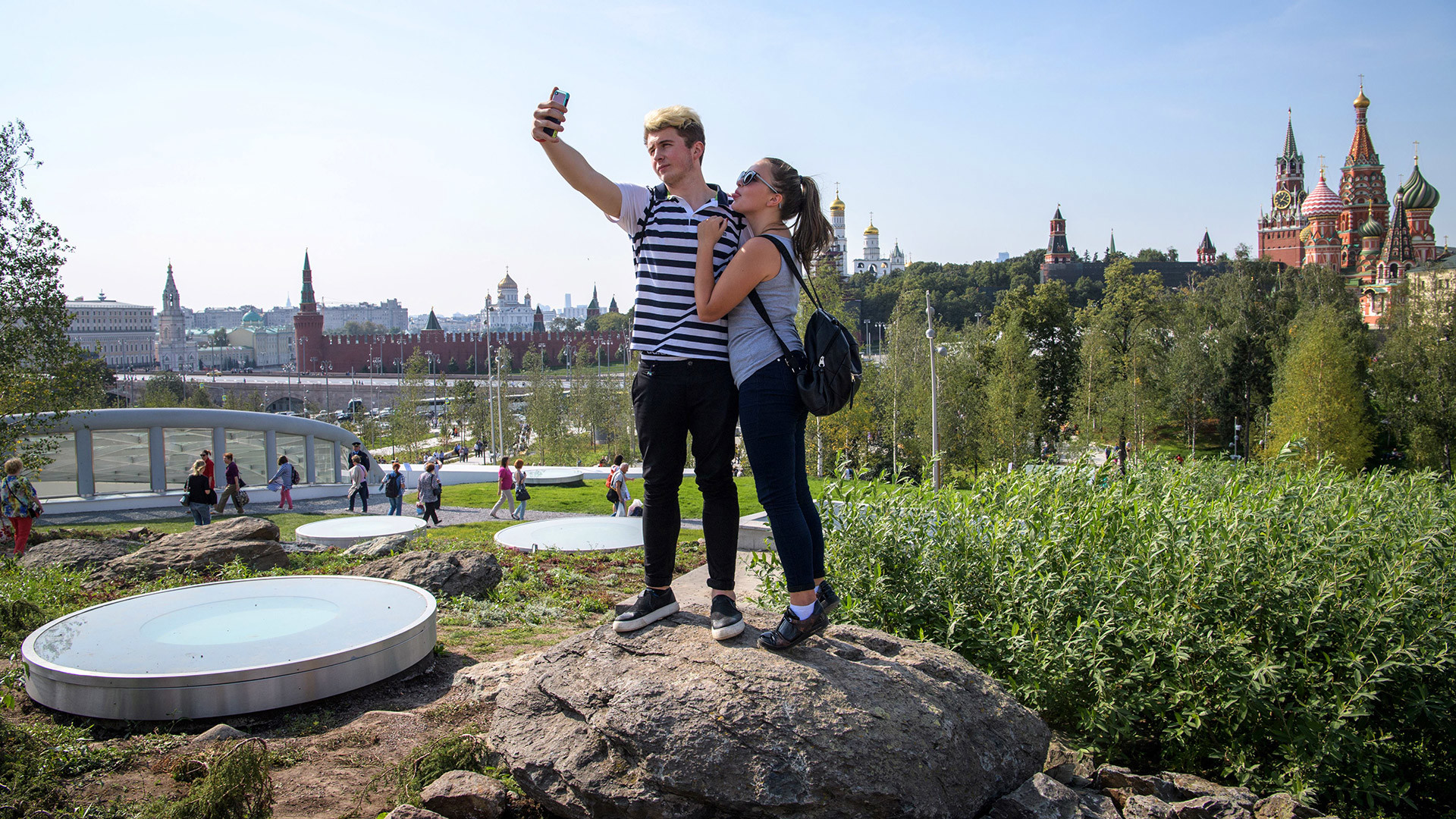
If you only have a day or two in Moscow, we’ve prepared a guide on how to better spend either 24 or 48 hours. You can download it, print and fold into a cozy guidebook.
Other useful information:
- Jogging routes (just in case)
- A new trendy thing in Moscow – electric scooter; find out how to rent one
- How to choose a hotel for different travel occasions
- How to get to central Moscow from Sheremetyevo, Domodedovo and Vnukovo airports
If using any of Russia Beyond's content, partly or in full, always provide an active hyperlink to the original material.
Subscribe
to our newsletter!
Get the week's best stories straight to your inbox